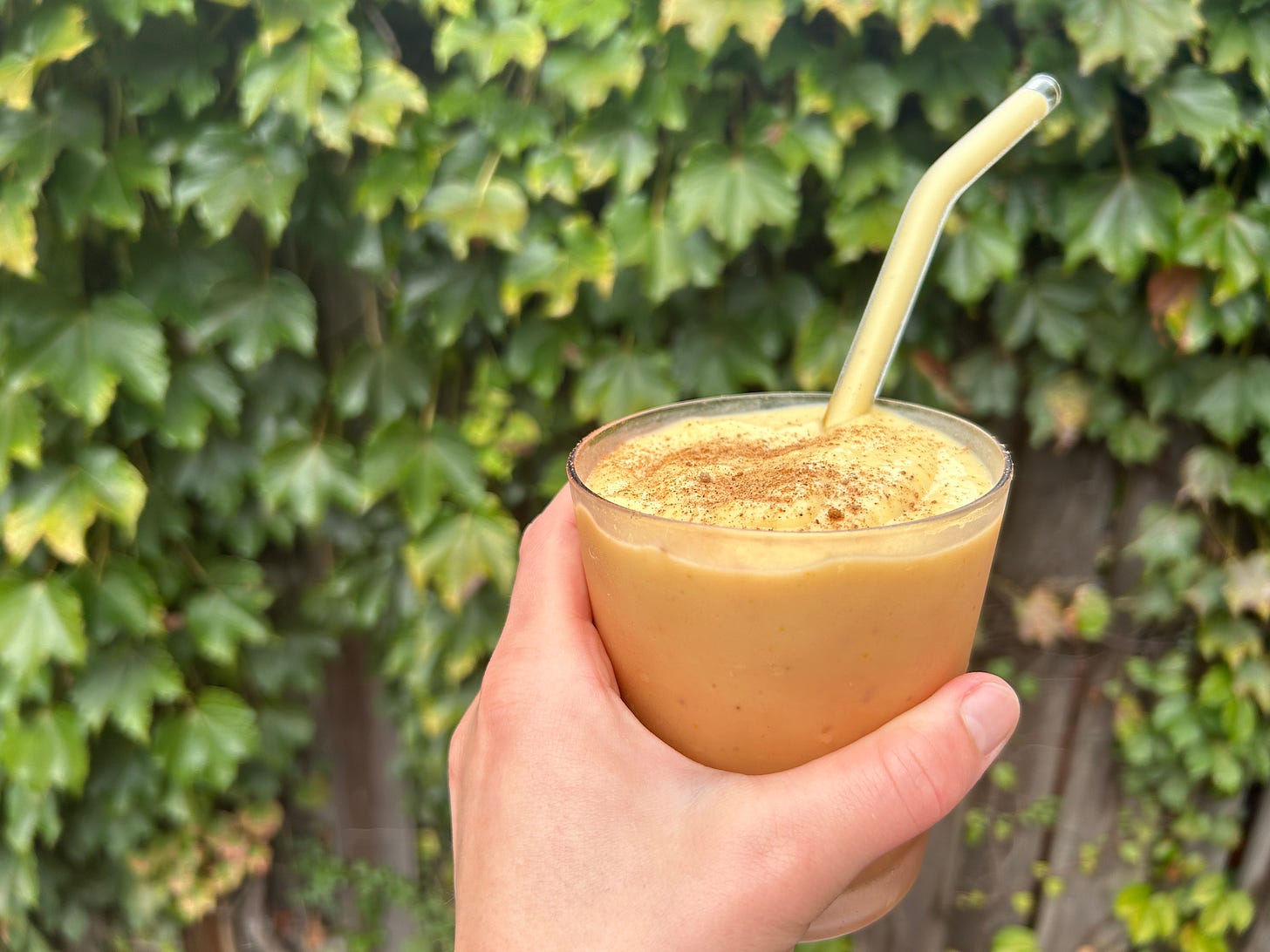Where, oh where, is pretty little Susie? Way down yonder in the paw-paw patch. Pickin’ up paw-paws, puttin’ ‘em in her pockets. Way down yonder in the paw-paw patch.
And so goes the Appalachian folk song “Way Down Yonder in the Paw Paw Patch,” that has been sung by generations for more than a century. Made famous by singers including Burl Ives and Pete Seeger, “Way Down Yonder in the Paw Paw Patch” is a timeless ode to the native North American fruit that has sustained inhabitants of the land–indigenous and colonizers alike–for hundreds of years.
Pawpaws are North America’s largest edible native fruit. They’re about the size of your hand and are a light yellowish-green color, often spotted with brown when ripe. Cut into one and you’ll find large black seeds throughout a creamy, yellow fruit. It’s a custard-like texture, somewhere in between a ripe mango and a banana, bursting with tropical flavors. While pawpaws have their own distinct flavor, eaters have said they taste notes of banana, mango, pineapple, soursop, cantaloupe, pear, coconut, lemon, and vanilla (the list goes on depending on who you ask, but I’ll spare you).
There are over 700 varieties of pawpaw that grow across 26 states, from Florida to Maine and out west as far as the Great Plains. The fruit grows in abundance here in the mid-Atlantic, but I’ve always missed the narrow window to go search for them in the wild. Pawpaws are only ripe for harvest a few weeks out of the year from late August to early October, but primarily in September. The Shawnee word for “September” actually translates to “pawpaw moon.”
Pawpaws are not supposed to be picked–to tell if they’re ripe, you give the tree a shake and the ripe pawpaws will fall down for you. They can, however, be picked and placed in a brown paper bag to ripen if you pass by a tree early and just can’t resist. They’ll be soft to the touch when ready.
Because of their softness, brief harvest window, and (until recently) lack of demand, pawpaws have not been cultivated and sold commercially. They’re even rare to find at farmers markets, but they are appearing more in recent years as interest in native, climate-friendly fruits and vegetables has soared.
If you’re lucky, you might have a vendor pop up at your farmers markets with pawpaws a couple weeks out of the year.
I’m lucky to live in Washington D.C., where Maryland-based Two Boots Farm sells their pawpaws at the Dupont Circle FreshFarm farmers market on Sundays. There’s always a line of curious customers standing in front of their booth when they seem to pop up out of nowhere every September. For my friends a little more north, the Philadelphia Orchard Project grows pawpaws, and even provides tips on planting your own pawpaw trees.
Now seen by many farmers market patrons as a new and novel fruit, pawpaws are anything but new. Pawpaws were always a regular part of the Native American diet; they even used the bark of the pawpaw tree for ropes and string, and the leaves and stems for medicine. Soon, pawpaws became integrated into settlers’ diets as well. When early European colonizers arrived on the continent, they confused pawpaws for papayas, and their English name slowly evolved from “papaya” to “pawpaw.”
The fruit can be enjoyed scooped or sucked straight out of the skin. George Washington’s favorite dessert was reportedly a chilled pawpaw; Thomas Jefferson would eat them straight out of his orchard at Monticello; and Lewis and Clark sustained their cross-country journey on the fruit when their rations ran low.
Because of its custardy texture, pawpaw is also great mixed into pudding, cheesecake, ice cream and other desserts. A few years ago, prominent chef Nicholas Emli of Laurel restaurant in Philadelphia even featured a pawpaw ice cream on his menu. I personally like pawpaw mixed into things better than eaten plain by itself. I scooped out the flesh from about five pawpaws (surprisingly not much flesh after you remove the seeds) this year and froze it in ice cube trays to use for smoothies.

I’ve used all of my pawpaw up this year, but next year I’m determined to make a pawpaw pina colada. The fruit already has a creamy, tropical flavor–why not add it to one of my favorite drinks?!
People have found plenty of other creative ways to make pawpaw last beyond its brief harvest period. Every year, Lindera Farms releases a pawpaw product or two–last year I tried their pawpaw BBQ sauce, and this year you can still get some of their paw-paw vinegar. You might even be able to buy some raw frozen pawpaw online for a hefty shipping fee here.
Pawpaw also has a history of being brewed into alcohol–everything from sour fruit ale, wheat beer, and wine to Almar Orchards “Patriotic PawPaw” hard cider. I think Little Fish Brewing Co’s pawpaw hefeweizen sounds the best–I love a good hefeweizen and can see how the tropical flavors of pawpaw would work well with the already subtle banana taste present in most hefeweizens.
Order a pawpaw product online to hold you over until next year, and if you’re really feeling enthusiastic, keep an eye out for the 2025 dates of some regional pawpaw festivals next September in Maryland, Pennsylvania, and the namesake Paw Paw, West Virginia.
*Note: There are many different versions of the fruit’s spelling. Pawpaw, paw paw, and paw-paw are just some of the correct variations.




